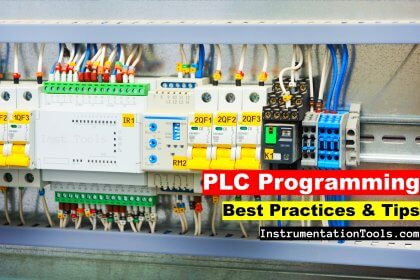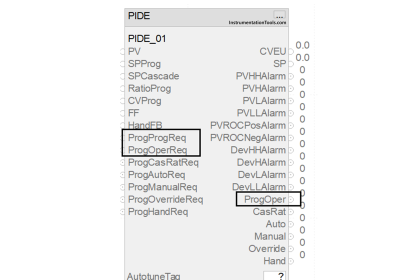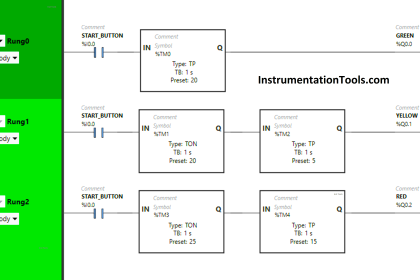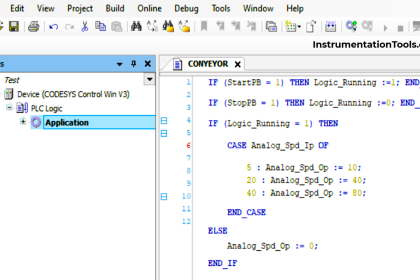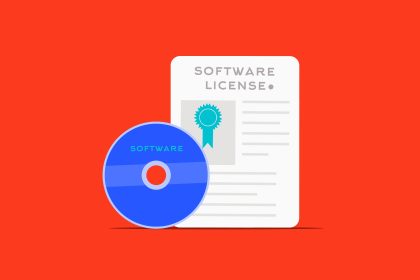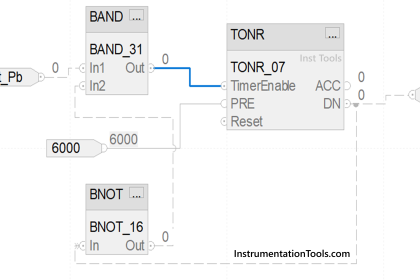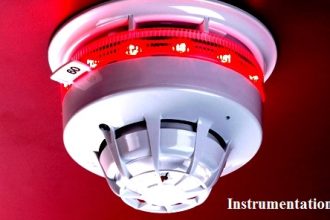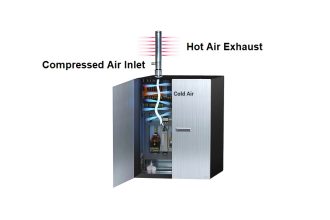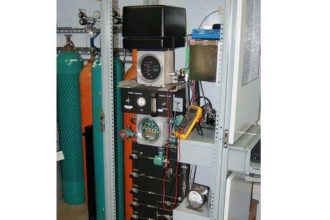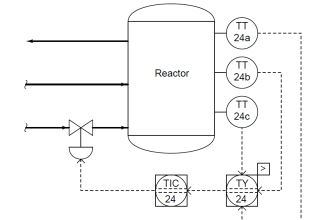The common usage of the word ‘Jogging’ in our daily life is for slow running. ‘Jogging’ or ‘inching’ of a motor also implies the same i.e ., to have small movements of the driven machine . In jogging, starting and stopping of a motor is under the direct control of the operator .
Jogging is also defined as the brief closure of a motor circuit to energize a motor for a short period of time and perform a small movement of driven machine. Motor Start/Stop Circuit with Jog switch Designed to turn an output on and off that can in turn be wired to a motor starter to start/stop a motor
Sometimes in motor logic we need to bypass start button and latching logic for testing purpose or to run the motor momentarily. A motor is jogged for the following reasons: to align and space machine parts; to position a tool accurately; to thread cloth, paper, or sheet steel; and to provide small controlled movement.
Generally in motor logic there are two push buttons are used start push button and stop push button (START PB and STOP PB). As per electrical wiring we need to insert START PB after STOP PB and jog button is also inserted in series with STOP button. Generally two contacts are used in this button (NO and NC contacts).
List of Inputs
- Start PB :- I1
- Stop PB :- I2
- Jog PB :- I3
List of Outputs
- Motor :- Q1
PLC Ladder Logic for Motor Jog Function
- In this logic we have used START/STOP logic of motor and jog function.
- In this network we have connected START PB in series with STOP PB.
- Also we have connected NC contact of jog PB in series with latching contact of motor, so it will allow logic to pass in normal condition.
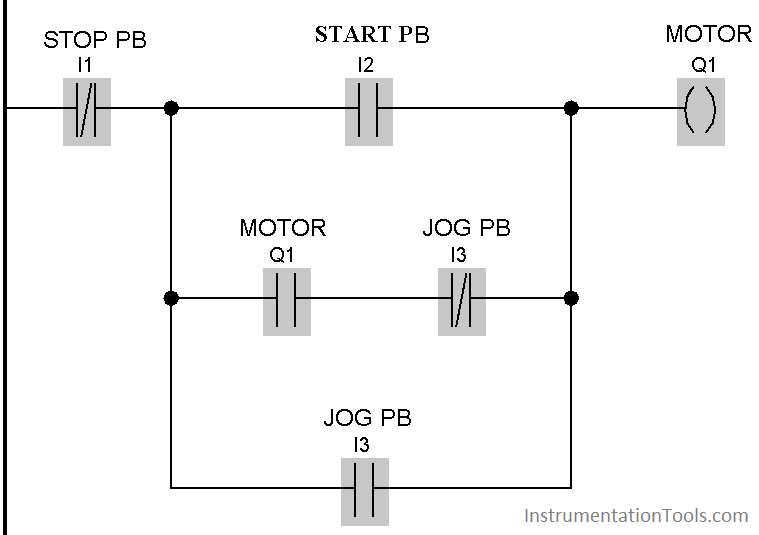
If you liked this article, then please subscribe to our YouTube Channel for PLC and SCADA video tutorials.
You can also follow us on Facebook and Twitter to receive daily updates.
Read Next:
Relay Latching Circuit using Button
Programmable Logic Controller Quiz
